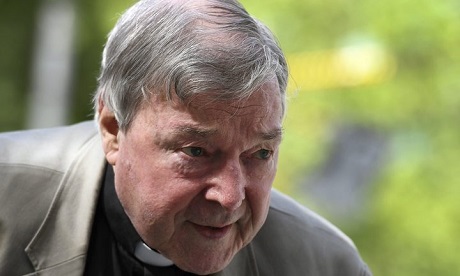“I hated my body. It fundamentally let me down. The trauma of miscarriage, reproductive loss and infertility changed who I was, changed my whole life, and I blamed my body. My body had failed to do the one thing I felt, as a woman, it ought to be able to do.”
With these words, Karen O’Donnell opens the final chapter of Broken Bodies, her book on trauma theology.
“Months after my last ectopic pregnancy, one that cost me a fallopian tube and almost cost me my life, I lay, face down, on the cold wooden floor of the hallway of my home and screamed. I beat my fists on the floor, I bashed my knees. I made inhuman and unearthly noises. I threw things. I was so incredibly angry.”
“Not at God. But at my body. I hated my body. It had let me down.”
As O’Donnell names her own experience of trauma, she reflects: “Why did God let this happen to me? The theology I knew gave me no answers.”
Her experience of surviving and healing from trauma led O’Donnell to examine theologies of trauma and prompted her to write her own trauma theology as a “survivor’s gift that is offered as both a comfort and a challenge.”
The task of trauma theology is to reread the Christian tradition through the lens of trauma.
O’Donnell, a research fellow in digital pedagogy and theology at St. John’s College, Durham University, England, directs her attention here not to violence perpetrated within the church itself, like ecclesiastical complicity in racism or the abuse crisis, but instead to a recognition of the many traumatized bodies within the body of Christ.
She hopes that the work can serve as a gift to those who have suffered trauma and can offer potential pastoral implications for trauma recovery in an ecclesial and liturgical context.
Theologically, the traumatized body is the body of Christ, which demands theological reflection.
The task of trauma theology is to reread the Christian tradition through the lens of trauma.
O’Donnell names this task: “If trauma is primarily concerned with rupture(s), then so too am I.” Viewing the Christian tradition through the lens of trauma gives way to rupture within texts, doctrines and theologies, ultimately making “space for the construction of something that is new and fresh.”
Given this approach, O’Donnell’s work is both project of ressourcement, examining the richness of the tradition, and one of construction, prompting new ways of thinking about ordained ministry, the sacraments and Mariology.
The experience of trauma involves a rupture of bodily integrity, potentially as a feeling of being unsafe or as an experience of injury.
Also experienced by the survivor is a rupture in time, such as a gap in memory caused by a traumatic event or as the intrusion of the traumatic event into the present (experienced as flashbacks or nightmares).
A final rupture is one of cognition and language; the traumatic event cannot be understood.
Trauma recovery, then, involves a response to each of these three ruptures.
The survivor must establish bodily integrity.
The survivor must make sense of the experience by constructing and remembering a narrative of the trauma.
And, having been alienated from the surrounding world, the survivor must reconnect with society.
Trauma is carried as somatic memory, with the body, not the verbal part of the brain, holding the memory of trauma.
The healing processes of remembering in recovery must also, then, be bound to bodily experience.
What then is the somatic memory at the center of Christianity?
What are the ruptures in the experience of trauma in the church? Continue reading
- Image: Awkward Asian Theologian
